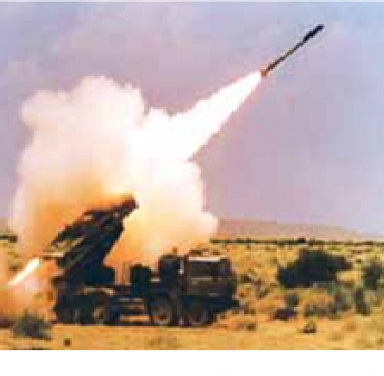Larsen & Toubro (L&T) and Navantia, Spain have signed a Teaming Agreement (TA) for the purpose of submission of a techno-commercial bid for the Indian Navy’s Project 75 (I) / P-75 (I) submarine program.
Notably, Project 75 (I) requires the Indian bidder to tie up with a Foreign Collaborator (FC) and execute the program for delivery of six conventional submarines equipped with Air-Independent Propulsion (AIP),while achieving targetted Indigenous Content.
Expected to be valued at over Rs 50,000 Crores (Euro 4.8 billion), the project is the India‘s largest defence acquisition project.
Further, this would also be followed by a 30-year lifecycle sustenance contract of similar value. P75(I) would be the first program to be processed under the ambitious Strategic Partnership (SP) model of acquisition of the Ministry of Defence.
L&T and Navantia signed an MoU for the program on 11 April 2023 at Madrid, which has now culminated in this TA.
As per the agreement, Navantia would carry out the design of P75(I) submarines based on its S80 class of submarines, the first of which was launched in 2021 and is undergoing sea trials prior to its delivery to Spanish Navy at the end of 2023.
Apart from S80 class, Navantia has been involved in design and construction of Scorpéne class of submarines together with DCNS (Now Naval Group) of France, which have been exported to Chile and Malaysia.
Navantia has also been involved in the Scorpene submarines (Kalvari class) built in India including handholding of the Indian yard.
P75(I) program calls for integration of an AIP system. Navantia’s state-of-the-art 3rd Generation AIP solution is the most advanced and efficient AIP system in the world, apart from also being the most compact, easiest to exploit and maintain and environment friendly.
It uses bioethanol as a source of hydrogen which is known to be cost efficient, easily available, and does not call for any special infrastructure.
High density of hydrogen in ethanol improves the AIP system’s efficiency.
Ethanol, being in liquid form, eliminates the risks associated with storing hydrogen. In addition, wide availability of ethanol enables the system to be refueled anywhere in the world.
Besides this program, L&T and Navantia are also seeking cooperation in other military programmes as well as in green energy opportunities, including offshore wind through Navantia Seanergies division.
Noteworthy, last month, public sector shipyard Mazagon Dock Shipbuilders Limited (MDL) and Germany’s Thyssenkrupp Marine Systems (TKMS) signed an agreement to be able to bid for producing the advanced submarines under Project 75 (I).

